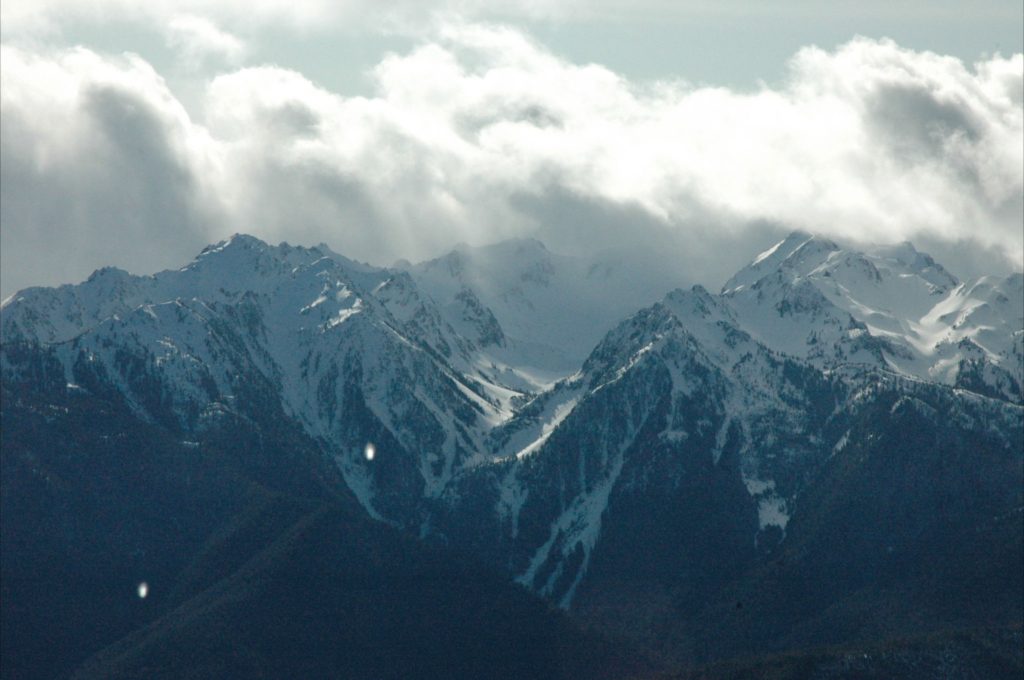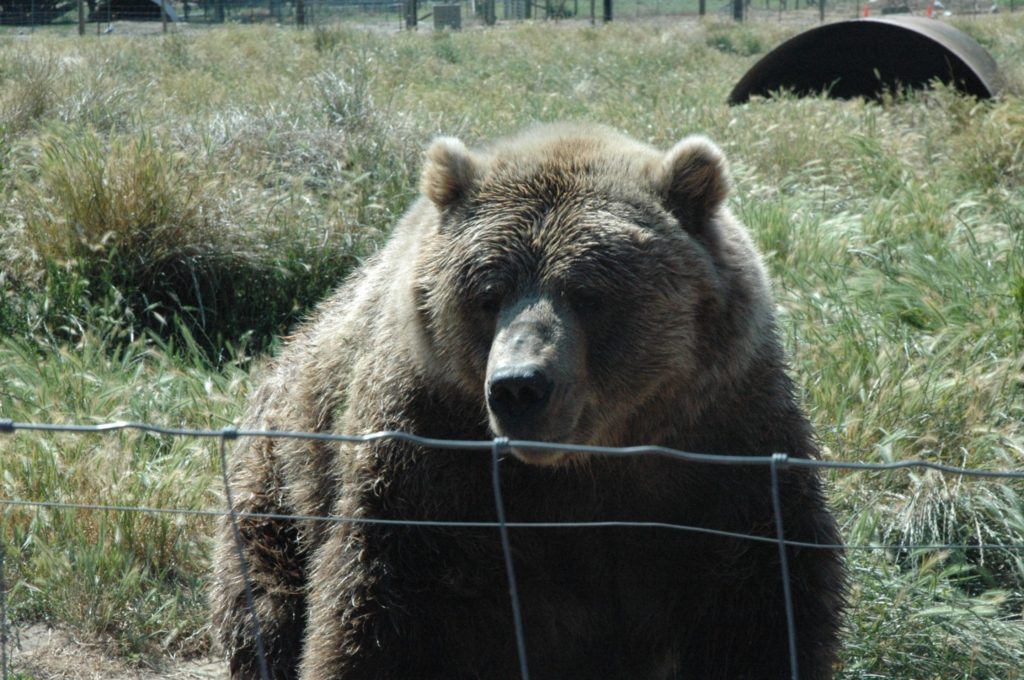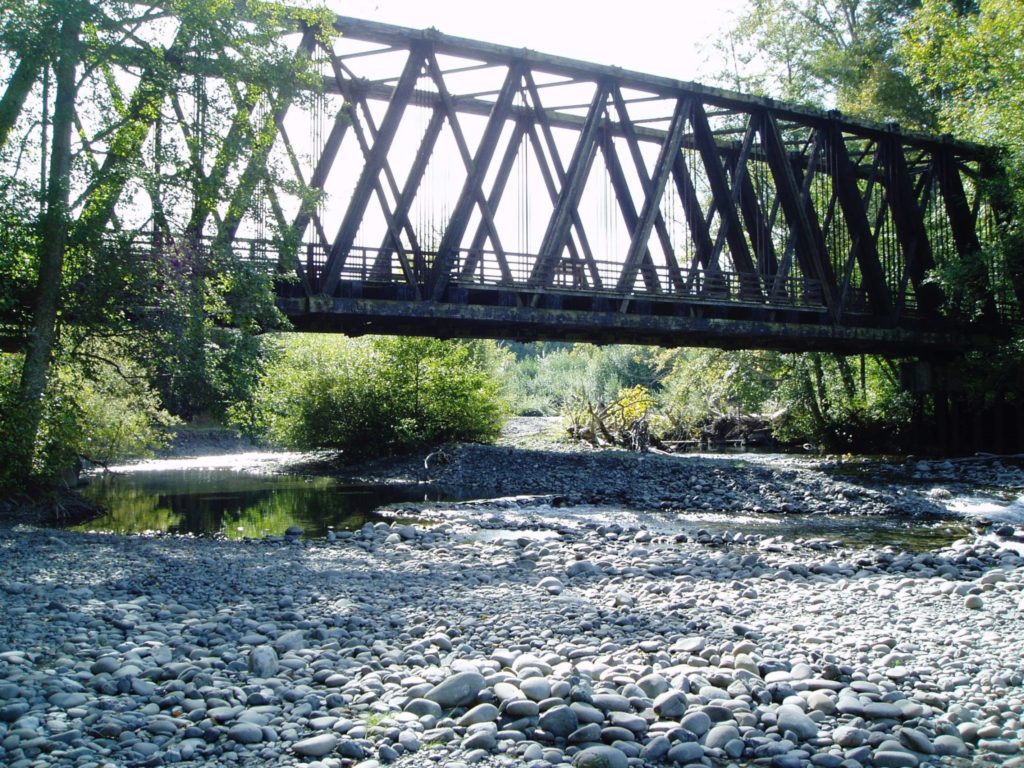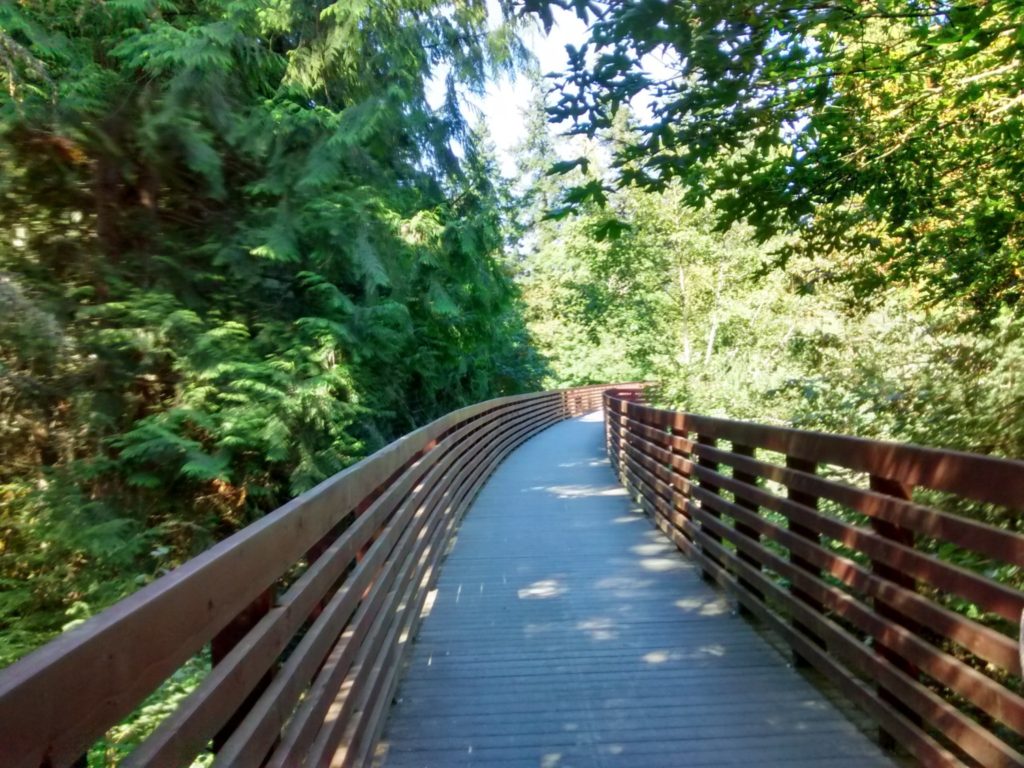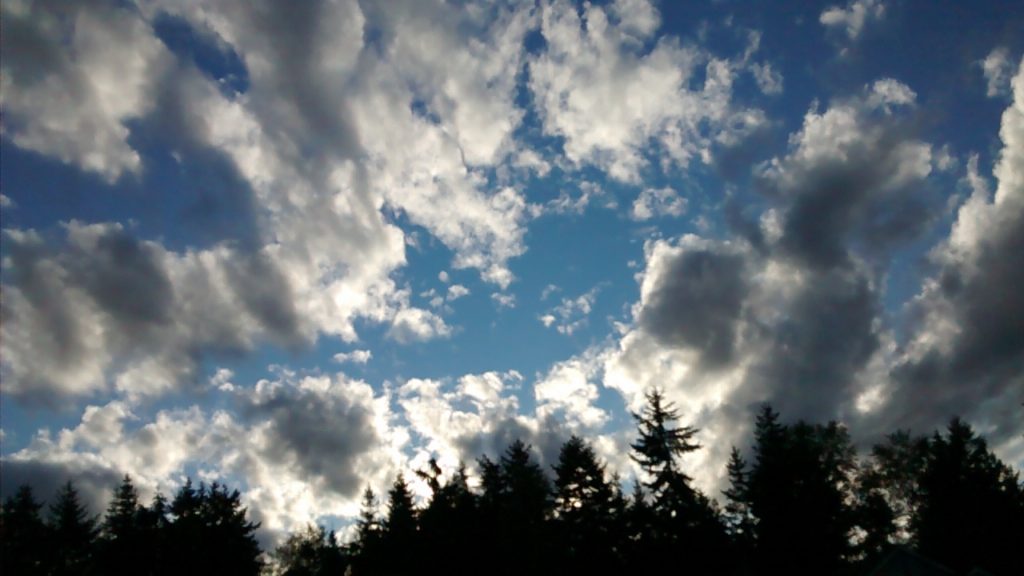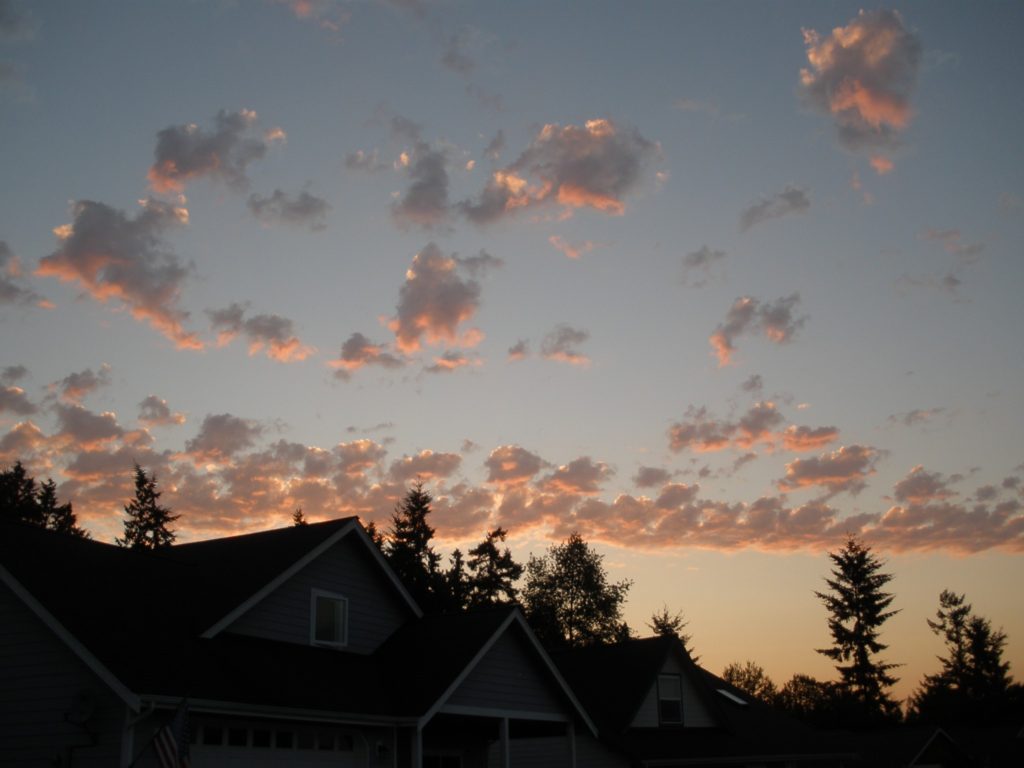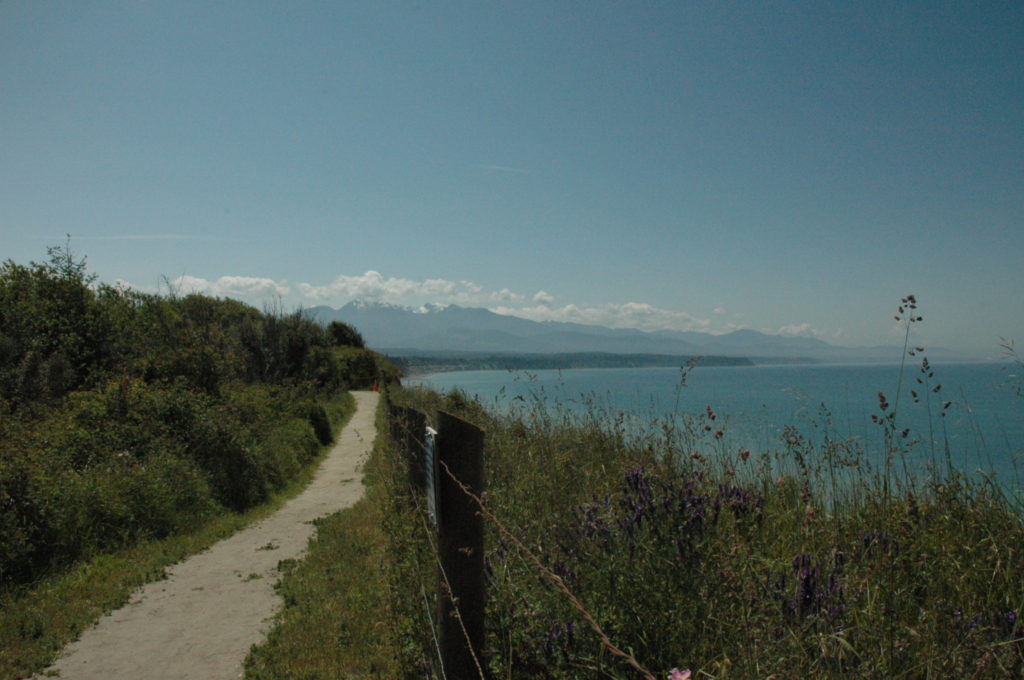
December 10, 2016
By Dorothy Rice Bennett
If you are heading west out of Sequim on the 101, you’ll find a brown sign just before the exit to Kitchen-Dick Road that says “Dungeness National Wildlife Refuge.” Be sure follow the arrow on that sign. It’s well worth a few miles drive off the highway.
A long time ago, the Sequim-Dungeness Prairie was wilderness, a desert kind of wilderness, but wilderness nevertheless. Residents were the members of Jamestown S’Klallam tribe of Native Americans. Then settlers moved in near the end of the nineteenth century and with irrigation the prairie became farming country, with at one time approximately one hundred dairies in operation. Today there are two dairies, some ranches and farms, lots of houses, a few businesses, and the city of Sequim. But the wildlife of the area still has a protected home within the Dungeness Refuge.
Unlike the national parks, the Dungeness Refuge is part of the National Wildlife Refuge System and is administered by the U.S. Fish and Wildlife Service. The system comprises a network of lands and waters set aside for the conservation of America’s fish, wildlife, and plants.
Upper and lower levels
The Dungeness is divided into two main areas. The first is a land mass mostly covered in both evergreen and deciduous trees on a bluff overlooking the Straits of Ju an de Fuca. On that land mass there are roads, trails, parking areas, and spots for camping and picnicking. Most of this upper area is open to dogs on leashes. It includes a lengthy trail overlooking the Washington coastline with views to the west to Port Angeles, the Olympic mountains in the background, and Vancouver Island and Victoria, B.C., to the north.
an de Fuca. On that land mass there are roads, trails, parking areas, and spots for camping and picnicking. Most of this upper area is open to dogs on leashes. It includes a lengthy trail overlooking the Washington coastline with views to the west to Port Angeles, the Olympic mountains in the background, and Vancouver Island and Victoria, B.C., to the north.
The second area is mostly at sea level and includes a beach below the bluff and a spit, one of the longest in the world, that leads eastward to the New Dungeness Lighthouse, some five and one half miles away. This second area has a formal entrance and is manned by Dungeness Refuge volunteers. There is a small fee to enter the area. The path down to the spit is also restricted in that no dogs are allowed.
The trail down to sea level and the spit passes through forest terrain, some of it fairly rugged, but with a clear and wide path that is paved most of the way. Going down is easier; coming back up can be a challenge for older adults (like me) with any physical limitations.
Located about twenty minutes from d owntown Sequim, the Dungeness (as it is locally called) is an amazing community asset. Open year round in the daytime, it is a great place for a dog walk or a picnic, and there are enough things to do to fill an entire afternoon, when you bring along binoculars and/or a camera. Maybe a walking stick.
owntown Sequim, the Dungeness (as it is locally called) is an amazing community asset. Open year round in the daytime, it is a great place for a dog walk or a picnic, and there are enough things to do to fill an entire afternoon, when you bring along binoculars and/or a camera. Maybe a walking stick.
On the upper area, there is parking available very close to the picnic tables overlooking the bluff. There are pullouts with parking, so visitors can take a look at the beautiful Straits with waves crashing on the shore below. The camping sites are mostly located within the trees, for peace, quiet, and privacy. Bring the tent or the RV and have a good weekend vacation. In the main parking lot, located just before the entrance to the trail down to the spit, there are clean and modern public restrooms.
More than 100 years old
The Dungeness was established by President Woodrow Wilson on January 20, 1915, to provide a refuge, a preserve, and a breeding ground for native birds. The lengthy Dungeness Spit today still continues to protect migrating shorebirds. It provides calm waters for wintering waterfowl—it also supports harbor seals and their pups and provides abundant beds for young salmon and steelhead fish.
Some areas of the refuge are restricted and certain sporting activities are not allowed, if they would disturb the wildlife in residence. The volunteer staff can provide information on what is permitted and where, or you can check on the Internet before visiting the park.
Getting to the Dungeness is easy. After turning off the 101 at Kitchen-Dick Road, just drive north through the prairie to the end of the road; turn right on to Lotzgesell Road, go a very short distance, and then turn left into the Dungeness. A single main entrance takes you through grassy lands, with tall trees to your left and ahead. Keep driving to the end of the road to reach the main parking lot. (The official address is 554 Voice of America Road West, Sequim, WA 98382) If desired, stop at any pull out along the way to get a look at the Straits. There is no admission fee. Hours are posted at the entrance and vary seasonally.
For further information on the Dungeness National Wildlife Refuge, go to https://www.fws.gov/refuge/Dungeness/
Have fun at the Dungeness, which is incredibly beautiful. It is one of my favorite outdoor places and one of the “secrets” of Sequim that make this community such a wonderful place in which to live.



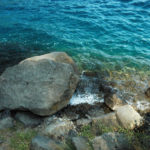 days, Lake Crescent remains amazingly quiet. Kayaks, canoes, and sailboats can be seen out on the water, and at some places an occasional small motorboat appears moving along. But stillness reigns.
days, Lake Crescent remains amazingly quiet. Kayaks, canoes, and sailboats can be seen out on the water, and at some places an occasional small motorboat appears moving along. But stillness reigns. My friends and I had a lovely buffet Thanksgiving dinner there this year. The food and service were great, and we didn’t let a little bit of rain ruin our fun.
My friends and I had a lovely buffet Thanksgiving dinner there this year. The food and service were great, and we didn’t let a little bit of rain ruin our fun.
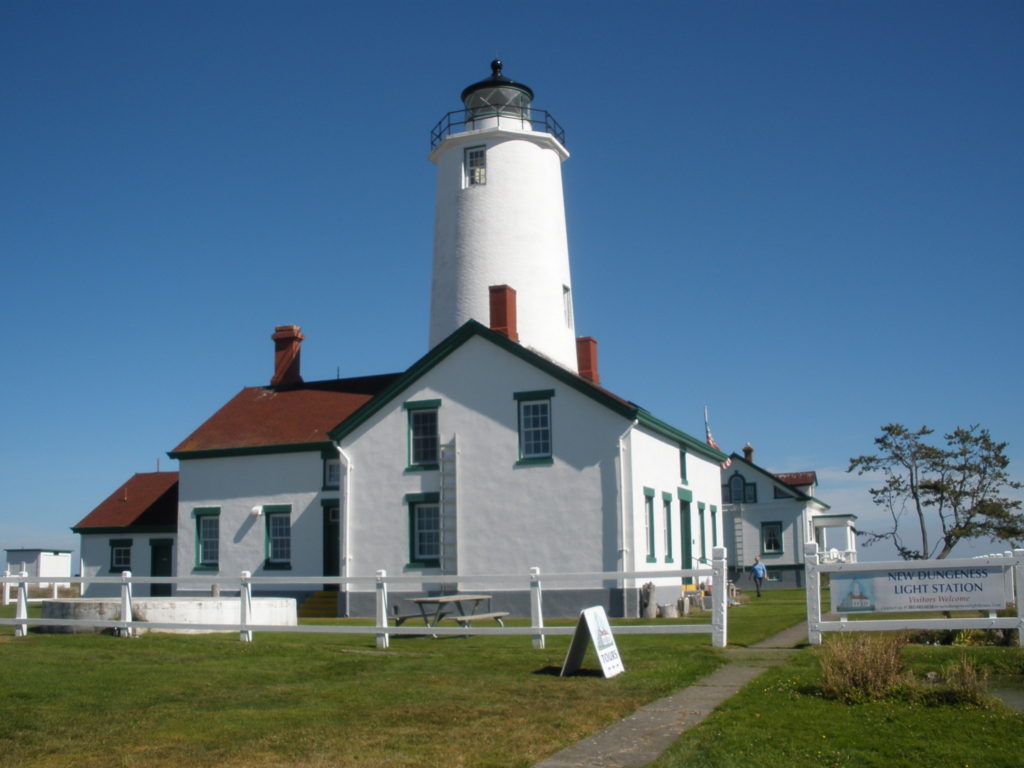
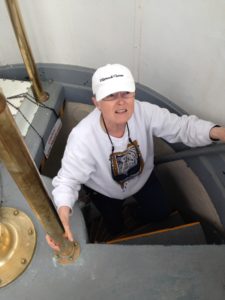 Tours of the museum and tower are available from 9 to 5 daily. Climbing the seventy-four steps to the top of the tower was a bit of a challenge for me but offered a marvelous view of the Dungeness Refuge, the Straits, and Canada. Outside, at ground level, I was impressed by the absence of noise. I cannot imagine a more peaceful setting!
Tours of the museum and tower are available from 9 to 5 daily. Climbing the seventy-four steps to the top of the tower was a bit of a challenge for me but offered a marvelous view of the Dungeness Refuge, the Straits, and Canada. Outside, at ground level, I was impressed by the absence of noise. I cannot imagine a more peaceful setting!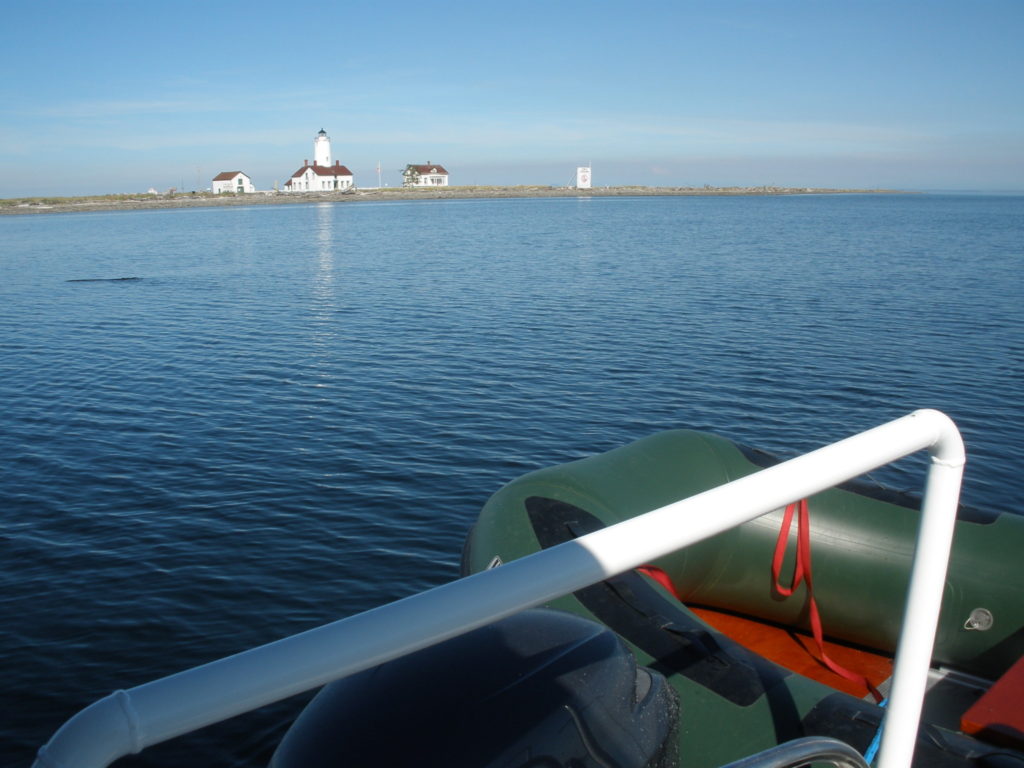
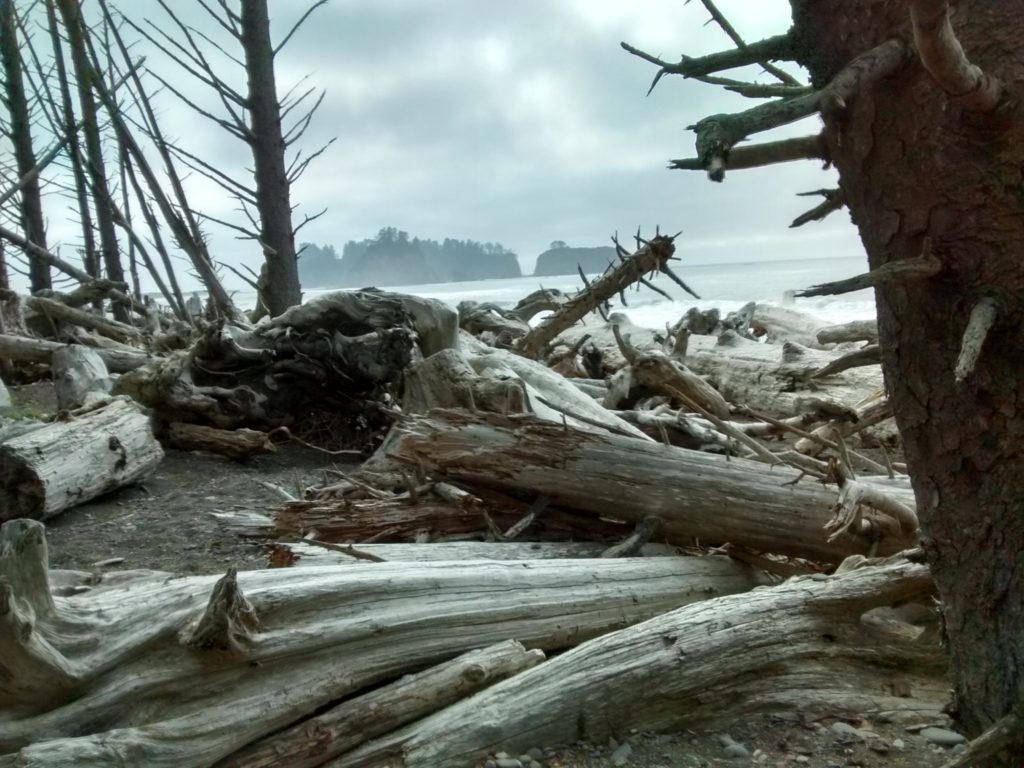
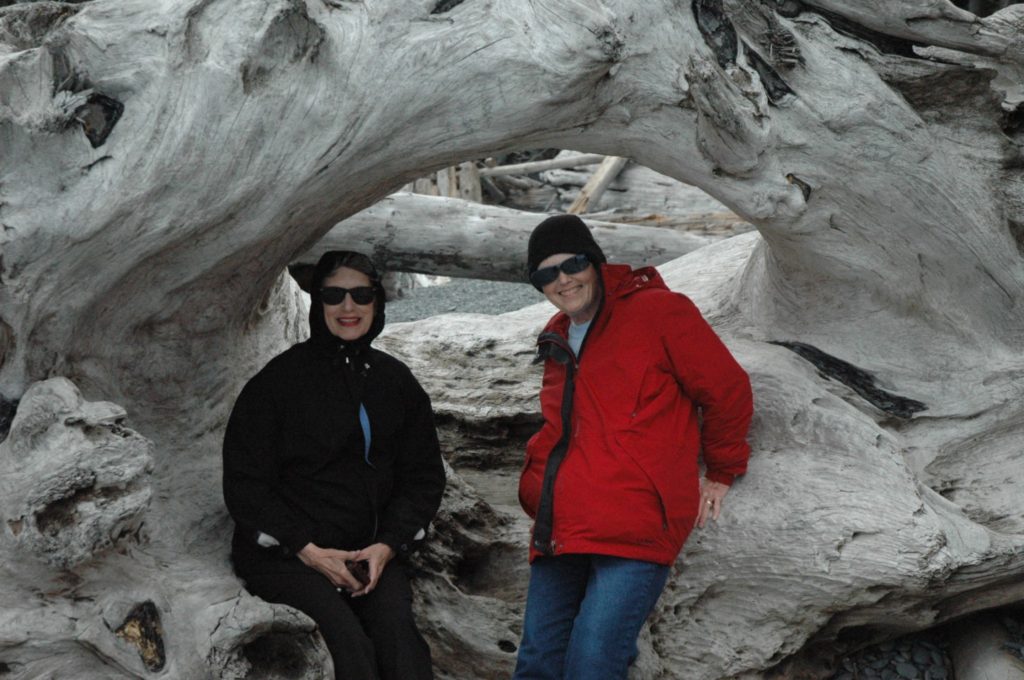
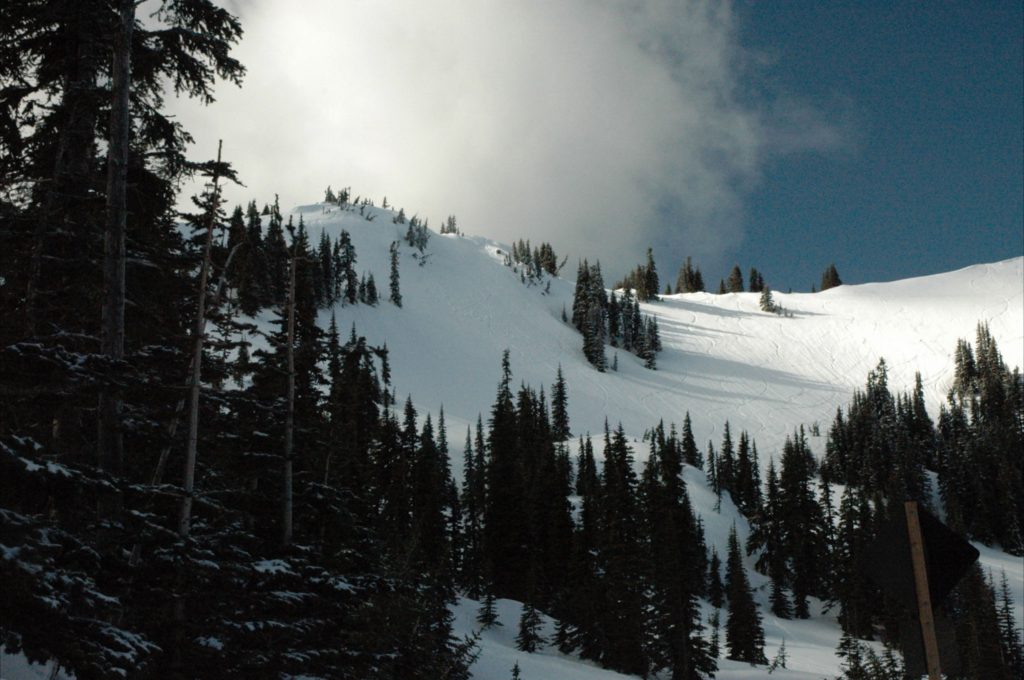 October 12, 2016
October 12, 2016